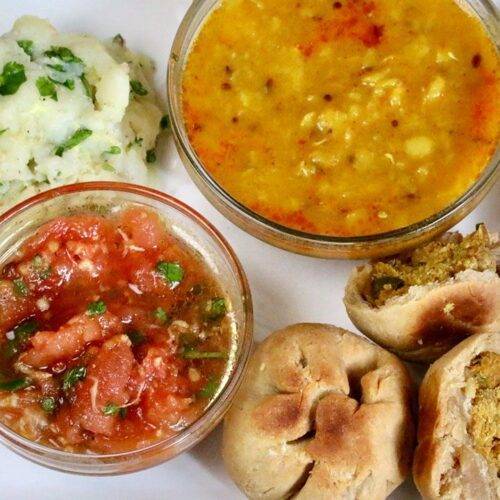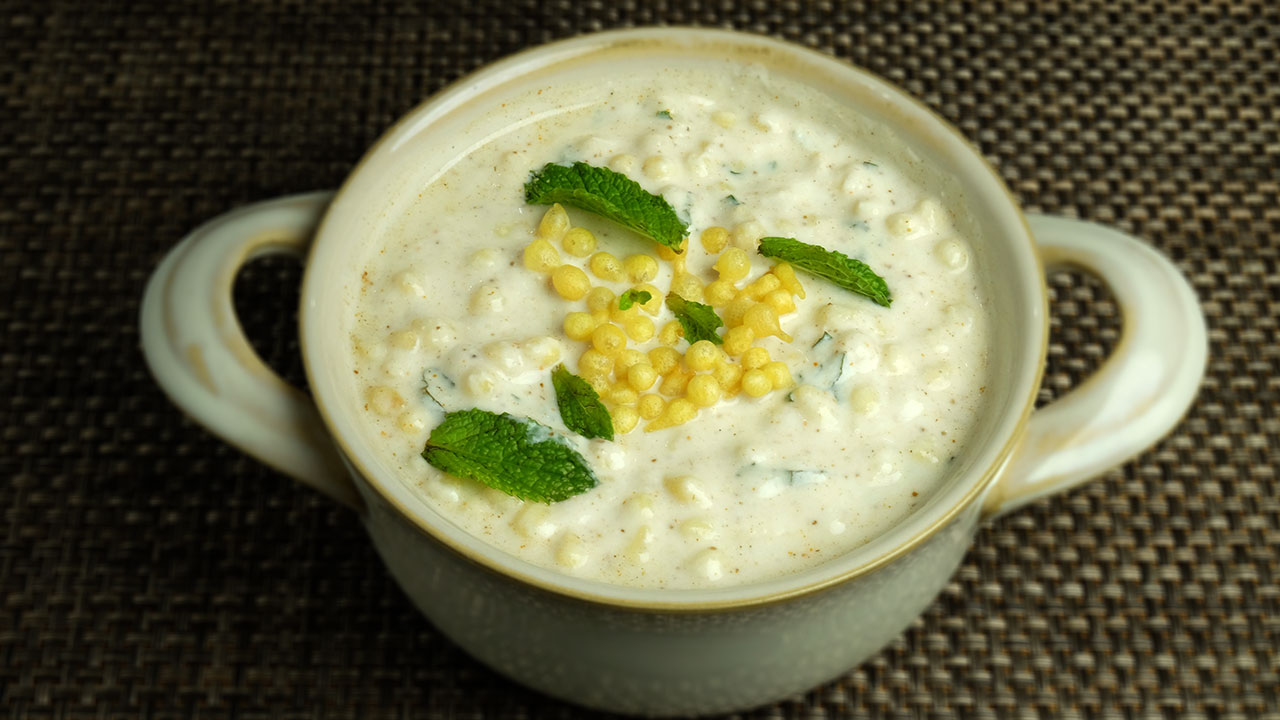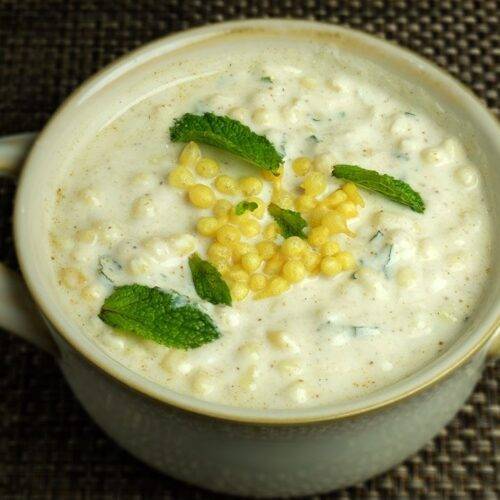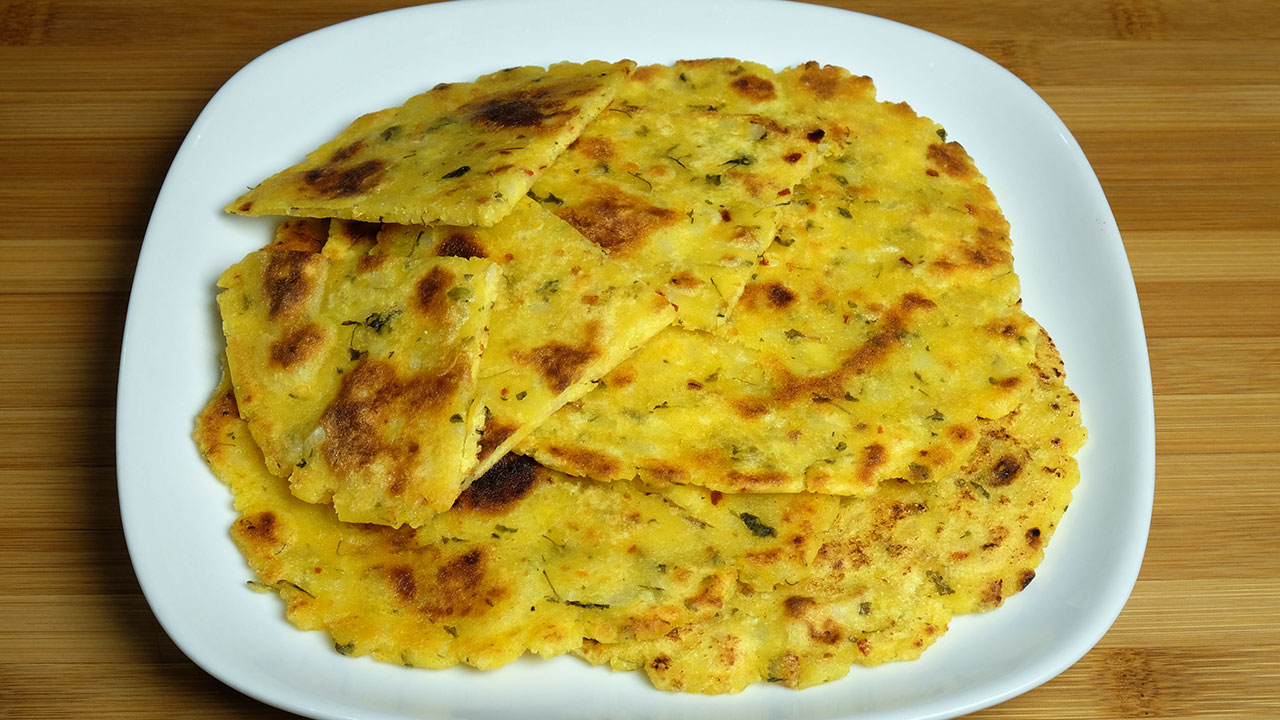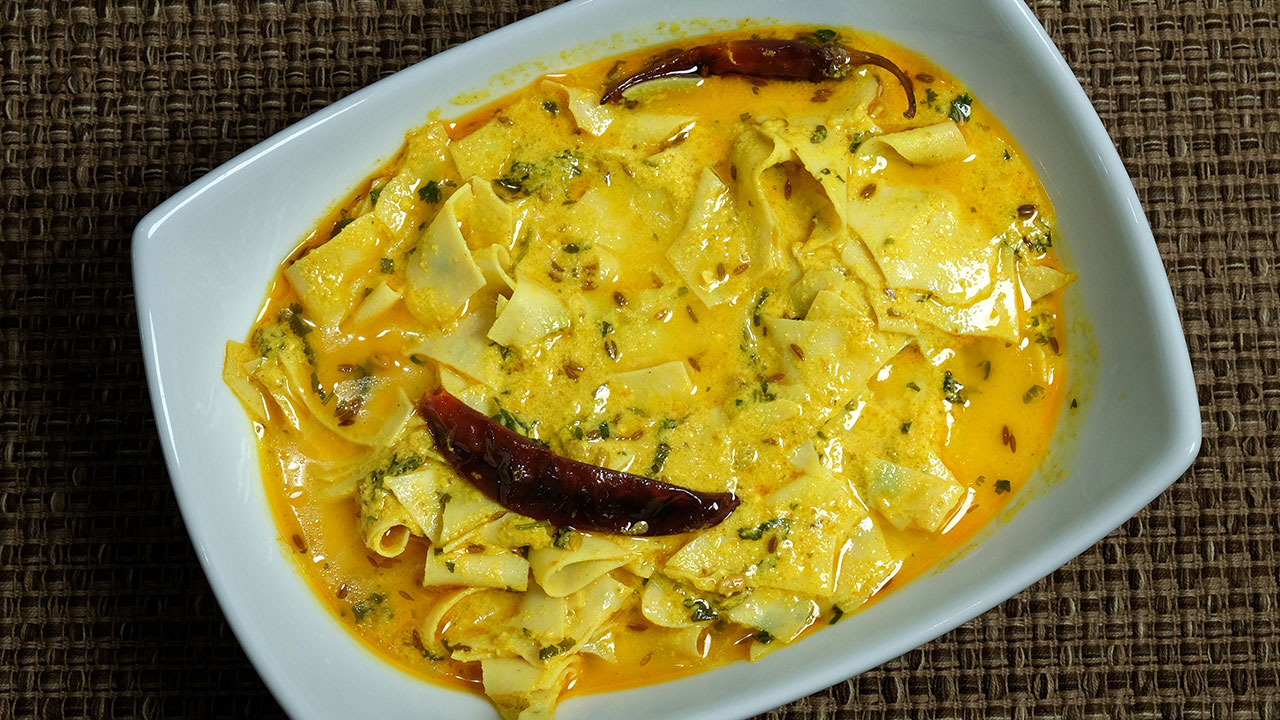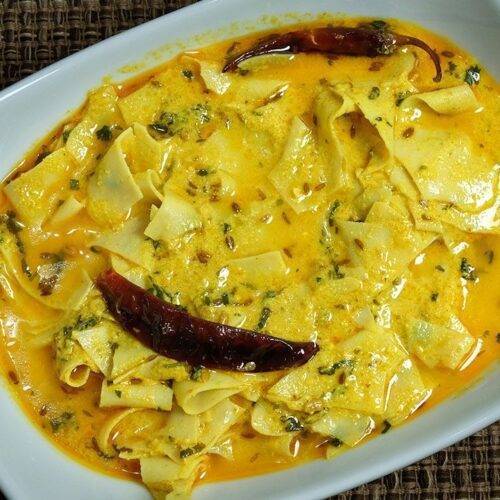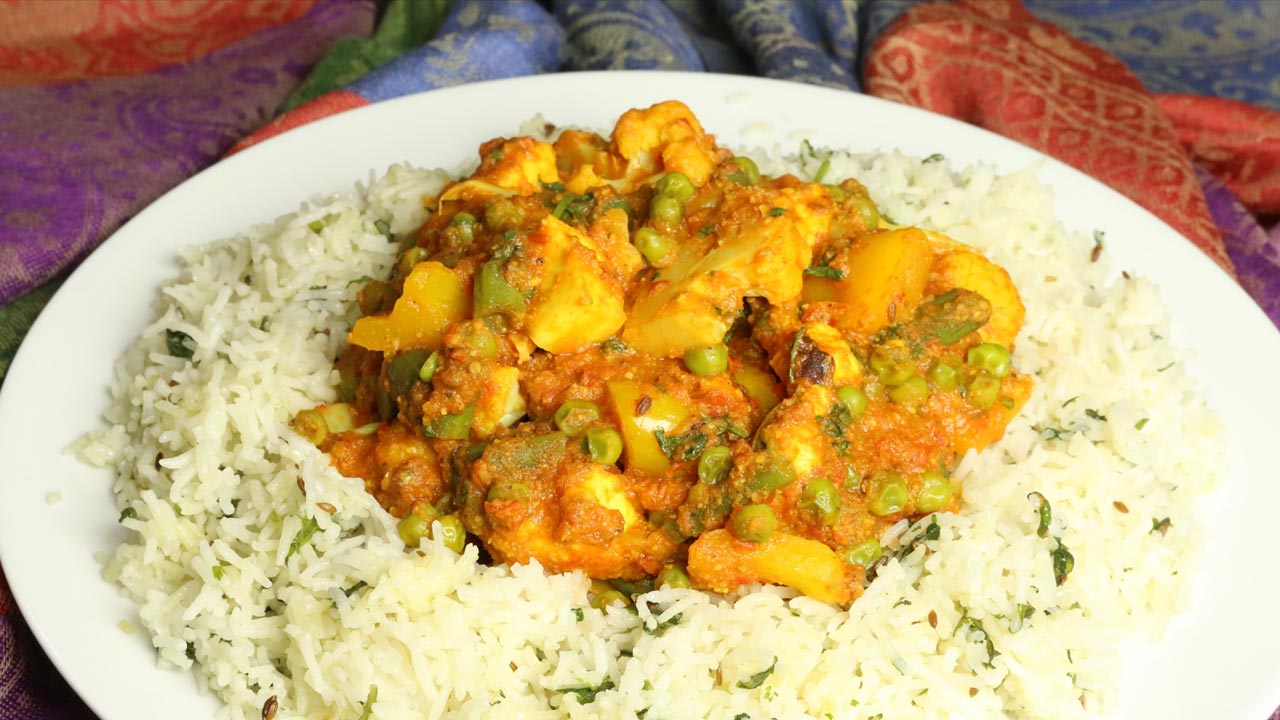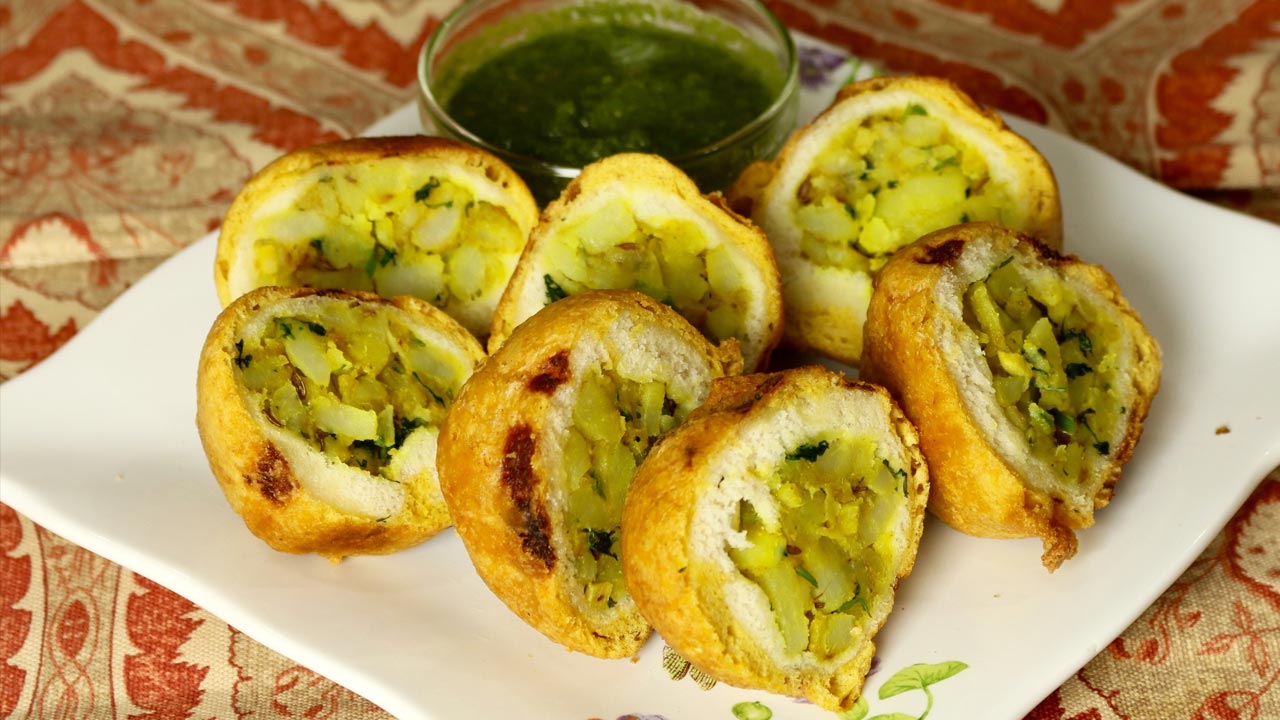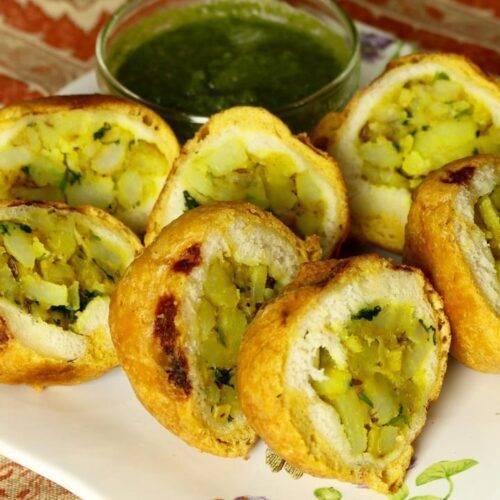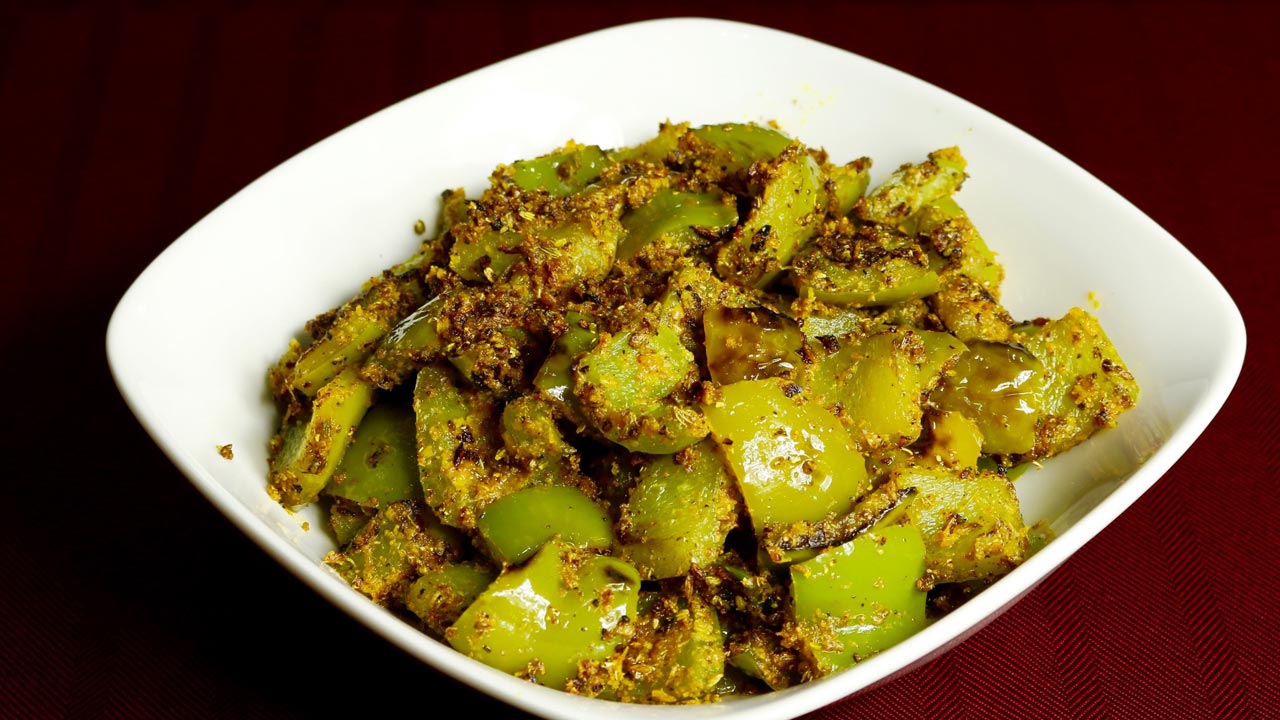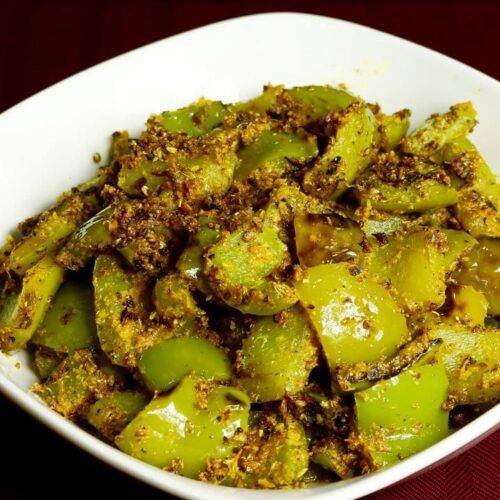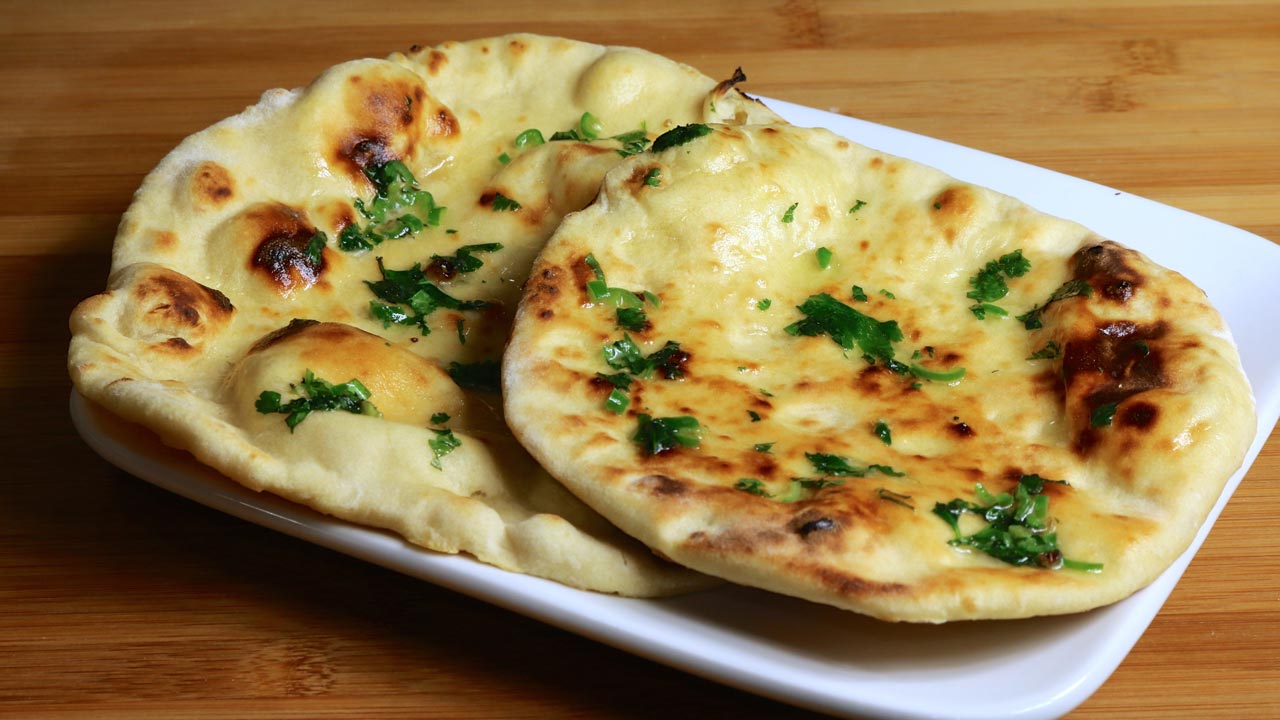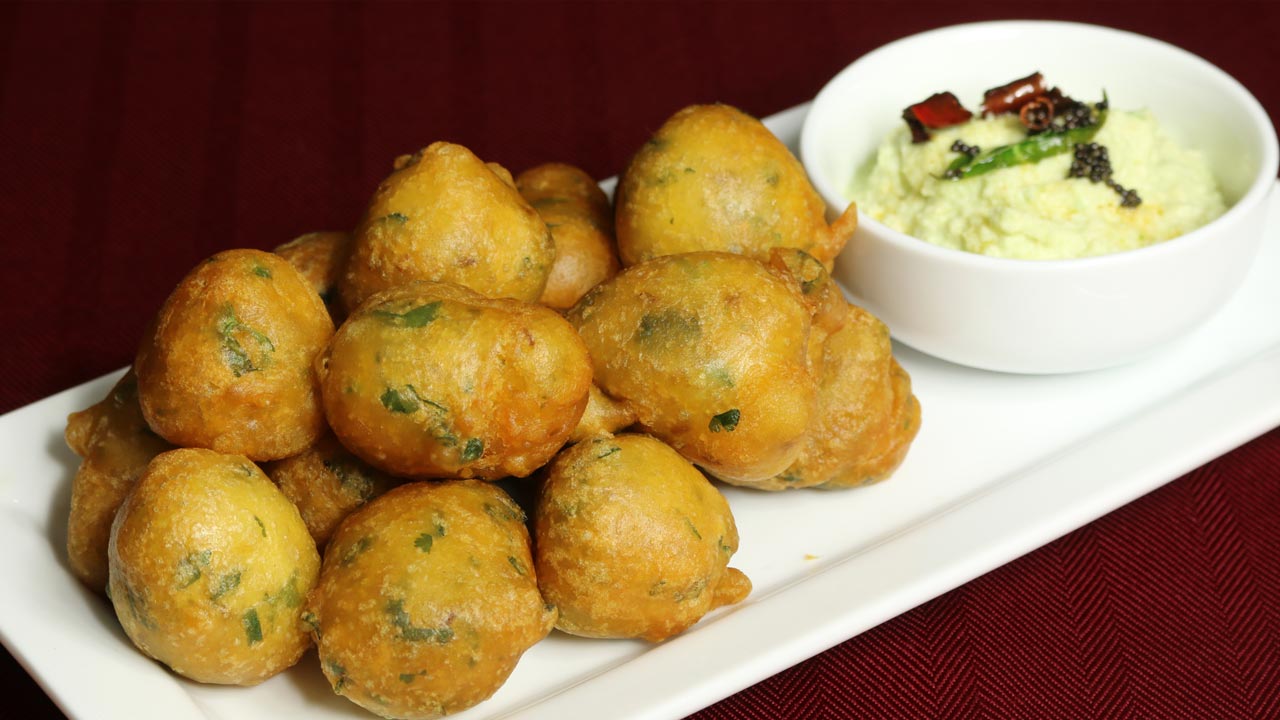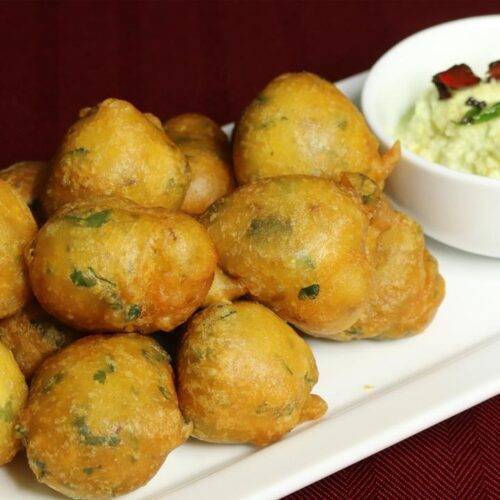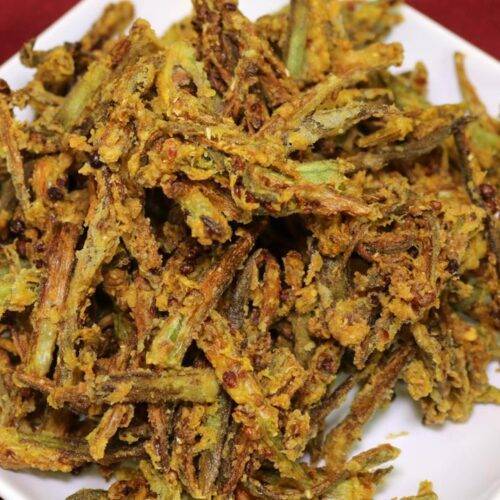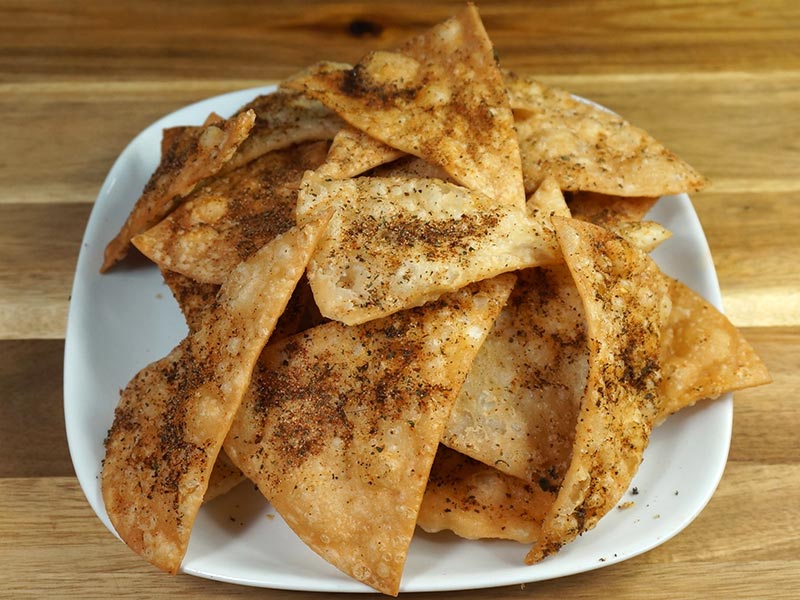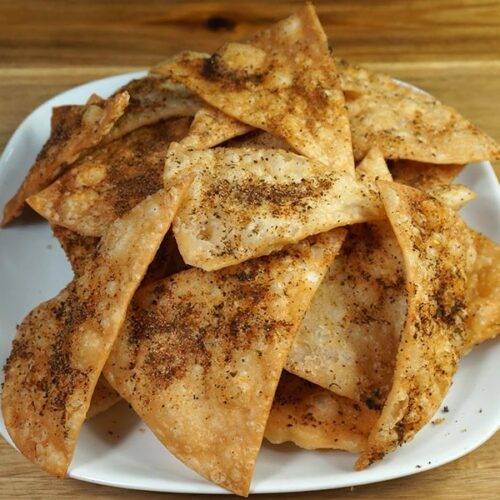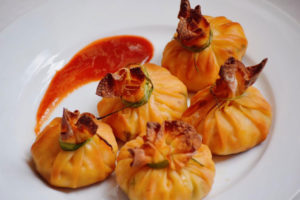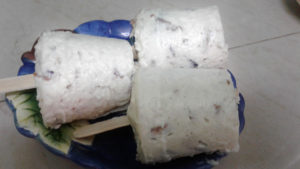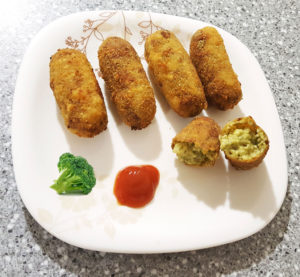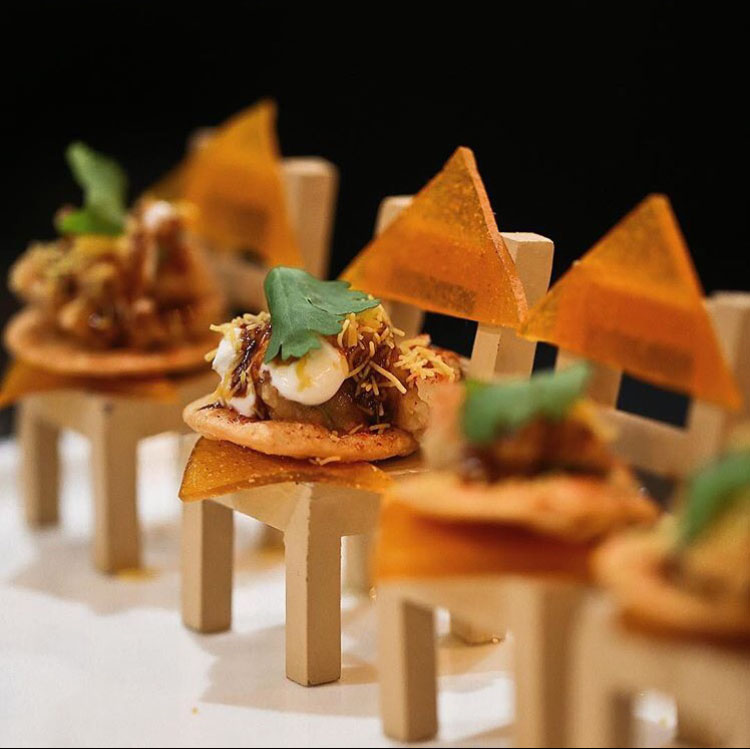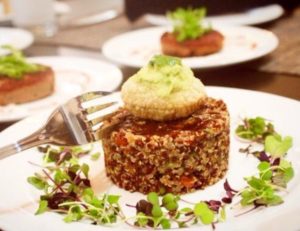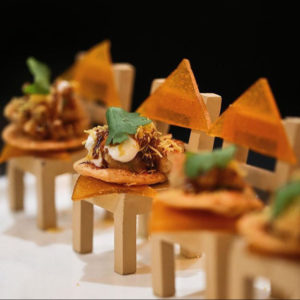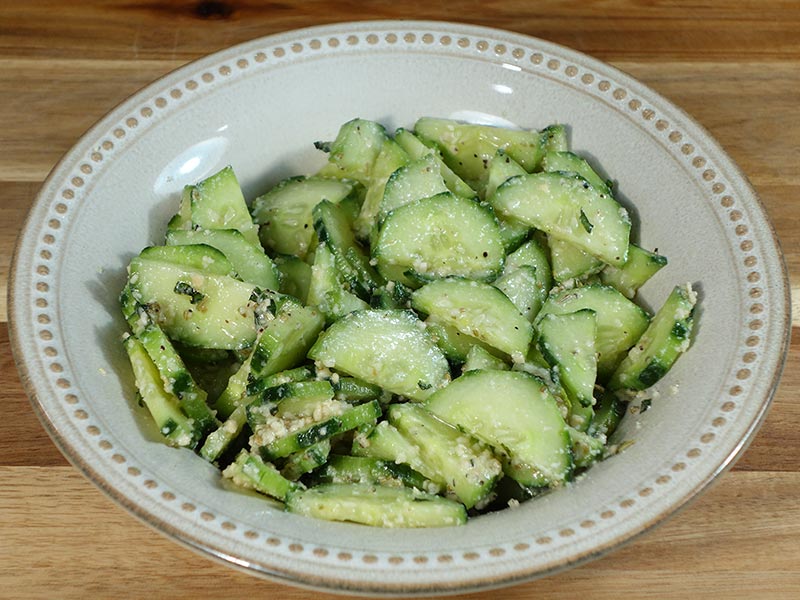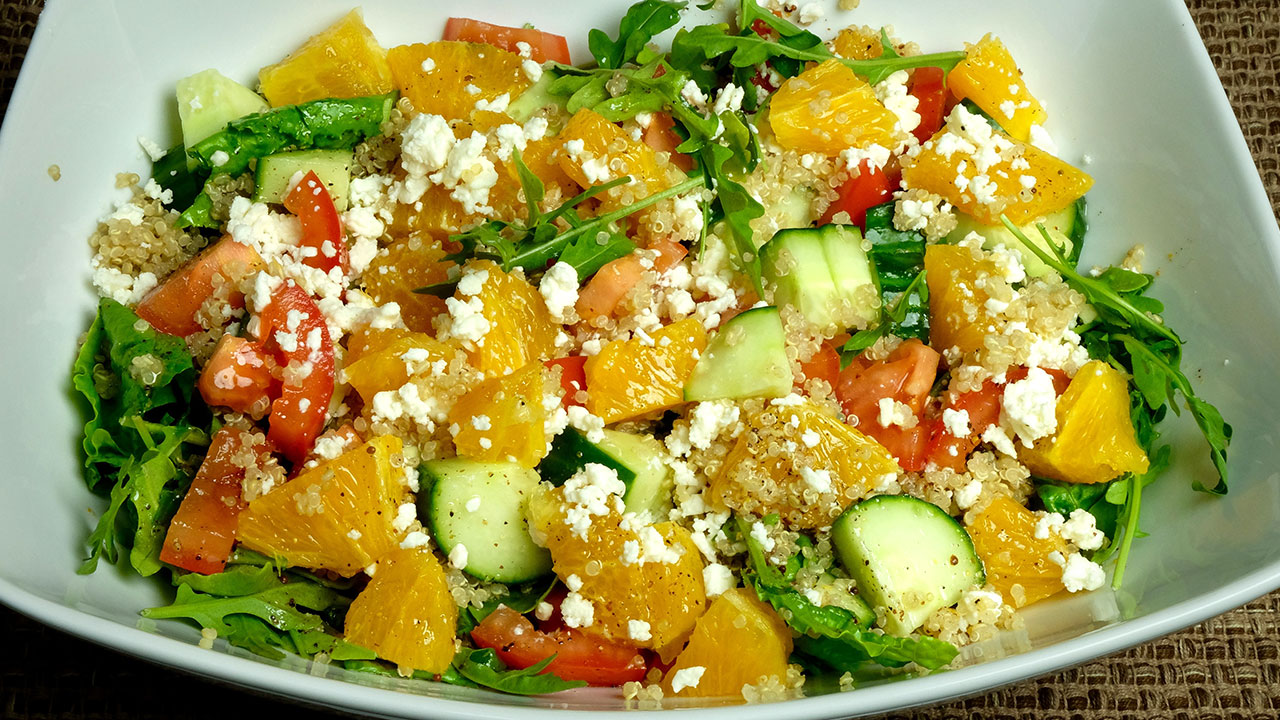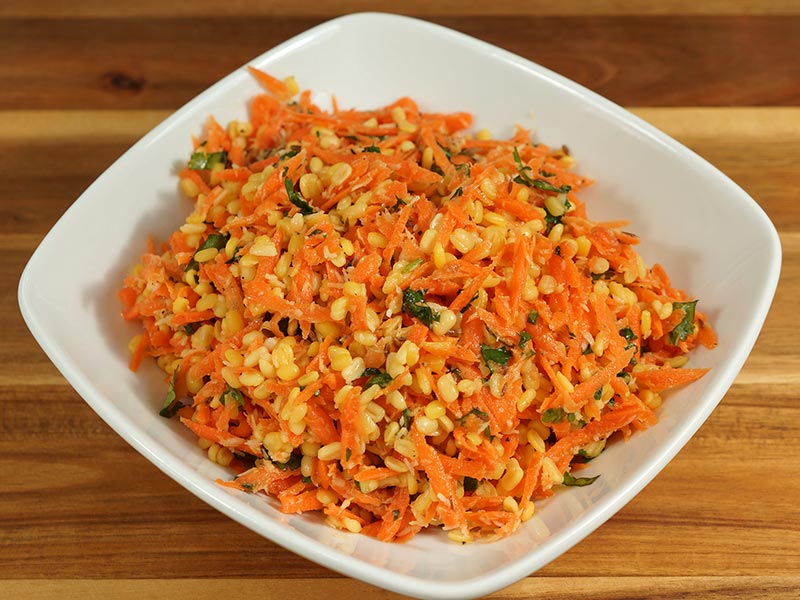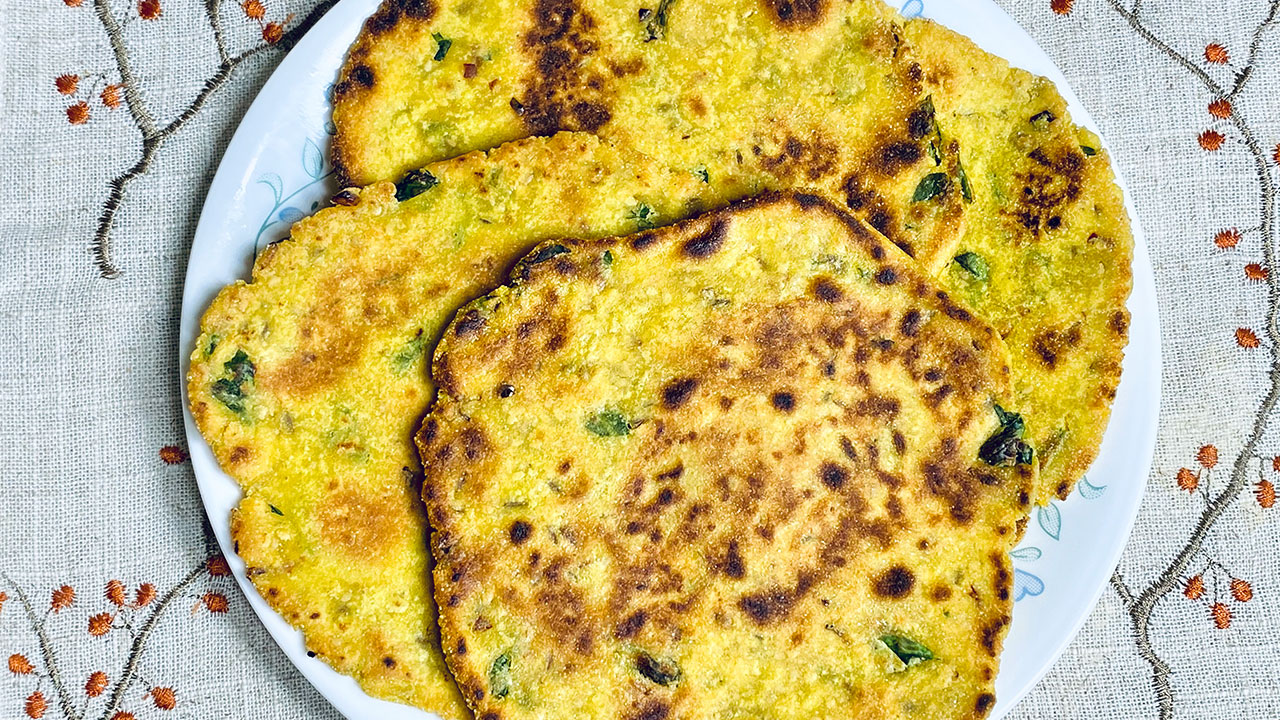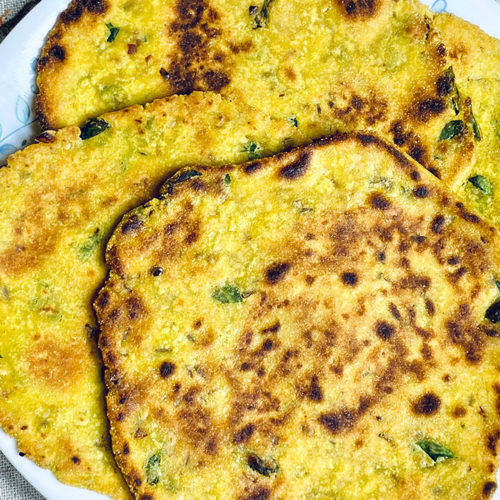Litti Chokha (Bihari Sattu Litti)
Ingredients
Dough
- 1 cup whole wheat flour chapatti atta
- 2 Tbsp ghee clarified butter
- 1/2 tsp salt
- cup About 1/3 lukewarm water
Filling
- 3/4 cup sattu flour of roasted chana dal, available in Indian grocery stores
- 1/2 tsp salt adjust to taste
- 1/8 tsp asafetida hing
- 1/8 tsp turmeric haldi
- 1/2 tsp red chili powder
- 1 tsp mango powder amchoor
- 1 tsp grated ginger
- 1 Tbsp green chili finely chopped, adjust to taste
- 1 tsp ghee clarified butter
- 1/4 cup water approximately
Potato, and Tomato Chokha
- 1 cup medium size potato boiled peeled and roughly mashed
- 2 medium size tomato roasted peeled and mashed, I have roasted them over the skillet
- 1 tsp salt
- Spices we will use half and half to make both Potato and Tomato Chokha
- 1/4 tsp black pepper
- 1 tsp lemon juice just for Potato Chokha
- 2 tsp grated ginger
- 2 Tbsp finely chopped green chilies
- 2 Tbsp finely chopped cilantro
- 2 Tbsp olive oil or mustard oil I prefer olive oil
- 2 Tbsp ghee or clarified butter for serving the Litties.
Instructions
For Tomato Chokha
- To prepare the Tomato Chokha add the spices to mashed tomatoes about 1/2 tsp salt, pinch of black pepper, 1/2 tsp ginger, 1 Tbsp green chili. 1 Tbsp cilantro and 1 Tbsp of oil mix it together. Tomato Chokha is ready set aside.
For Potato Chokha
- Add all the remaining spices with mashed potatoes, salt, pinch of black pepper, lemon juice, ginger, cilantro and oil, mix it well. Potato Chokha is ready, set aside.
To Make Dough
- Mix the flour, salt and ghee. Add water slowly to make dough. Dough should be firm but do not knead the dough. Cover the dough and let it sit for at least fifteen minutes.
Filling
- Mix all the ingredients together except water, sattu, salt, asafetida, turmeric, red chili powder, mango powder, ginger, green chili, and ghee, now add little water to make firm dough, dough will be little crumbly.
Making Litti
- Pre-heat the oven at 400 degree Fahrenheit. I am using a toaster oven or you can also use oven.
- Divide the dough into 8 equal parts and roll them into balls. They will not be very smooth dough ball. Also, divide the filling in 8 parts filling should be little smaller then dough balls.
- Roll the dough balls into 3-inch circle. Place one part of the filling in the center of each rolled dough, and pull the edges of the dough to wrap the filling. Proceed to make all 8 balls. Grease your palms and roll the filled balls gently between your palms.
- Arrange the litties over greased baking sheet about one inch apart and place in toaster oven, for 10-12 minutes, turn them over and bake again for 10-12 minutes. Litties should be golden brown all around.
Serving
- need about 2 Tbsp ghee or clarified butter for serving the Litties.
Notes
Litti Chokha Recipe: How to make Litti Chokha
Litti Chokha is a traditional and an iconic appetiser and a bread format of dish from the state of Bihar in India. It consists of stuffed whole wheat dough balls (litti) served with spicy mashed vegetable mixture or chokha. This rustic and flavorful dish is a staple in Bihari cuisine and is enjoyed as a hearty meal or snack.
Litti Chokha: A traditional Bihari food
High in Fiber: Litti Chokha is made primarily from whole wheat flour, which is rich in dietary fiber. Fiber aids in digestion, promotes gut health, and helps regulate blood sugar levels. Consuming fiber-rich foods like Litti Chokha can contribute to overall health and well-being.
Vitamins and Minerals: Litti Chokha is often served with chokha, a spicy mashed vegetable mixture made from ingredients such as roasted eggplant, tomatoes, and potatoes. These vegetables are rich in vitamins, minerals, and antioxidants, which support immune function and promote overall health.
Satiating and Flavorful: Litti Chokha is a satisfying and flavorful dish that combines the earthy taste of roasted wheat dough with the spicy and tangy flavors of chokha. The contrast in textures and flavors creates a delightful eating experience that is both comforting and nourishing.
Variations of Litti Chokha:
- Mattar Ke Kachori: Mattar Kachori is a delicious, fried puff pastry filled with spicy green peas. This mouthwatering snack also can be served as part of any main meal.
- Pizza Paratha: Pizza has become a universal food enjoyed by all. Pizza paratha is perfect for the times when you want to enjoy homemade pizza. This is also a quick and easy recipe.
- Dal Bati: Dal bati is a popular Rajasthani delicacy. Dal is simply soup of mixed lentils, cooked with spices. Bati is a baked, whole wheat bread roll and the combination is known as dal bati.
- Khasta Kachori: Khasta kachori is a delicious, spicy, fried puffed pastry. Khasta Kachori is filled with spicy moong dal mixture and then deep fried. Kachori is flakey from outside and hollow inside. Kachori should be fried on low heat so it can cook through to have a nice crunch.
Tips for Making Perfect Litti Chokha:
Knead the Dough Well: For soft and fluffy litti, knead the dough thoroughly until it becomes smooth and elastic. Properly kneaded dough ensures that the litti hold their shape and cook evenly without becoming too dense or chewy.
Roast Litti Over Charcoal: Traditional litti are cooked over a charcoal or wood fire, which imparts a smoky flavor and crispy texture to the outer crust. If using an oven, you can achieve a similar effect by placing the litti directly on a grill rack or using a barbecue grill.
Use Fresh Ingredients: Use fresh and high-quality ingredients, especially for the chokha, to enhance the flavor and nutritional value of the dish. Choose ripe, firm vegetables and aromatic spices for the best results.
Serve with Ghee: Litti Chokha is traditionally served with a generous drizzle of melted ghee (clarified butter) on top. The rich and buttery flavor of ghee complements the earthy taste of litti and adds a touch of indulgence to the dish.
FAQs about Litti Chokha:
Can I make Litti Chokha without sattu?
While sattu is the traditional filling for litti, you can substitute it with other ingredients such as besan (gram flour), crushed roasted peanuts, or mashed lentils. Experiment with different fillings to create unique variations of Litti Chokha.
Is Litti Chokha gluten-free?
Litti Chokha is not gluten-free as it is made from whole wheat flour, which contains gluten. However, you can explore gluten-free alternatives for the dough, such as using a combination of gluten-free flours like rice flour, chickpea flour, and tapioca flour.
Can I make Litti Chokha spicy?
Yes, you can adjust the level of spiciness in Litti Chokha according to your taste preferences by adding more or fewer green chilies or red chili powder to the chokha mixture. You can also serve Litti Chokha with a side of spicy pickle or chutney for extra heat.
Can I make Litti Chokha ahead of time?
Yes, you can prepare the dough and filling for litti in advance and assemble them just before cooking. Store the prepared dough and filling separately in the refrigerator until ready to use. Leftover chokha can be stored in an airtight container in the refrigerator for up to 2-3 days.
Litti Chokha is a delicious and wholesome dish that captures the essence of traditional Bihari cuisine. With its rich flavors, nourishing ingredients, and endless variations, Litti Chokha is sure to become a favorite among food enthusiasts.


